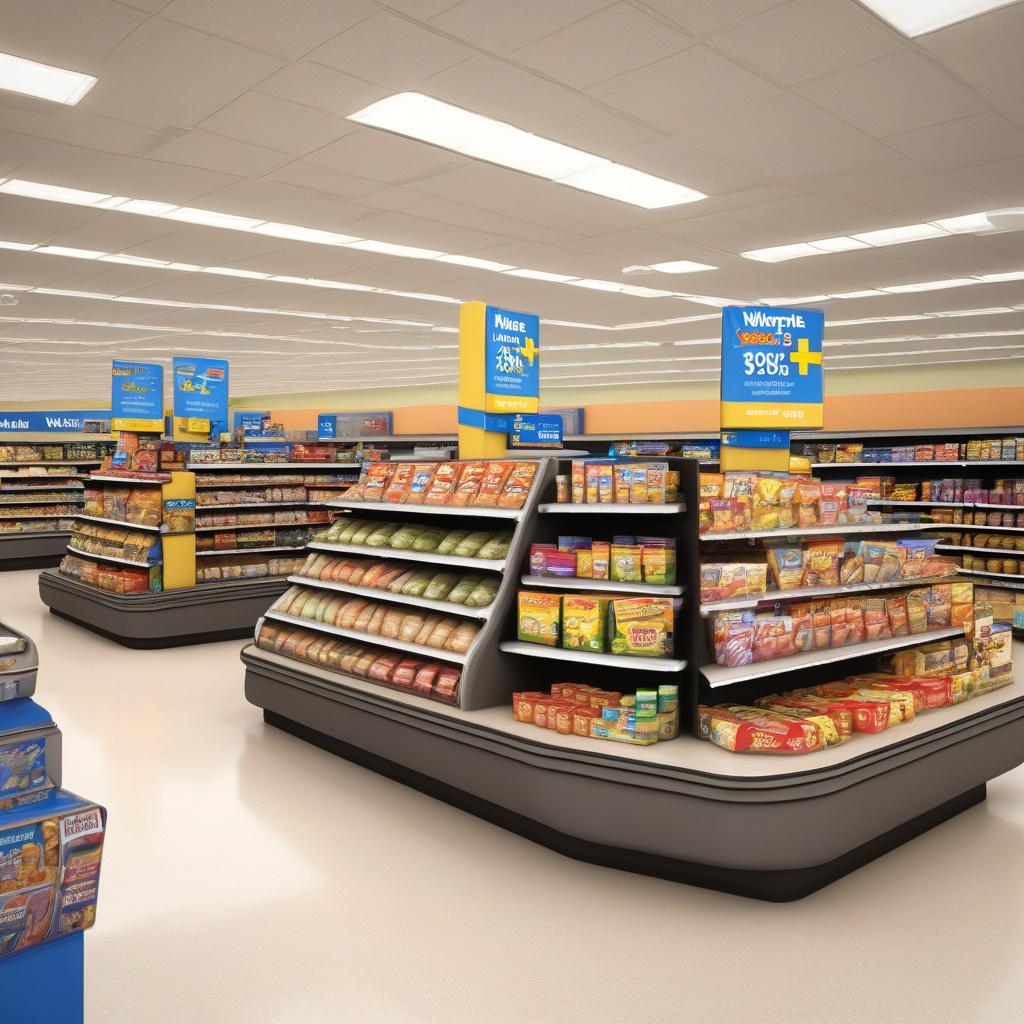Walmart Changes Checkout in New Jersey: A New Era for Retail Efficiency
In a significant move aimed at enhancing customer experience, Walmart recently announced changes to its checkout systems across New Jersey stores. This initiative is not just a response to evolving shopping habits but also a strategic effort to streamline operations in an increasingly competitive retail landscape.
One of the most notable changes is the introduction of self-checkout kiosks in numerous locations throughout the state. Self-checkout has gained popularity for its convenience, allowing customers to scan and pay for their items without waiting in long lines. Walmart’s implementation of this technology reflects the company’s commitment to adopting innovative solutions that meet the needs of modern shoppers. According to the National Retail Federation, nearly 70% of consumers prefer self-checkout options, citing speed and efficiency as key reasons. By tapping into this preference, Walmart is not only enhancing the shopping experience but also optimizing labor costs.
In addition to self-checkout options, Walmart is upgrading its traditional checkout lanes. The company has invested in more efficient point-of-sale systems that reduce transaction times. This upgrade is particularly important as it allows cashiers to process purchases faster, ensuring that customers can get in and out of the store in a timely manner. For example, a recent pilot program in New Jersey showed that the new systems reduced average checkout times by up to 30%. This improvement is crucial for busy consumers who may be pressed for time and prefer a quick shopping experience.
Walmart is also focusing on integrating technology into the checkout process. The introduction of mobile payment options, such as Walmart Pay, allows customers to complete their transactions using their smartphones. This not only speeds up the checkout process but also enhances the overall shopping experience by offering more payment flexibility. With mobile payments on the rise, Walmart is positioning itself to cater to tech-savvy consumers who prioritize convenience.
Moreover, Walmart’s changes are part of a broader trend in the retail industry where companies are increasingly investing in technology to meet customer expectations. For instance, retailers like Amazon have set a high bar with their cashier-less stores, prompting traditional retailers to rethink their checkout strategies. In response, Walmart’s enhancements serve as a competitive countermeasure to keep pace in the retail sector.
The impact of these changes extends beyond just customer satisfaction. By streamlining the checkout process, Walmart can allocate staff more effectively, focusing on customer service rather than simply managing lines. This reallocation of resources can lead to a more engaging shopping experience, as employees can spend more time assisting customers and less time monitoring checkout lanes.
However, this transition is not without challenges. There is a segment of the population that may resist self-checkout options due to a preference for human interaction or concerns about technology. To address these concerns, Walmart is ensuring that traditional checkout lanes remain available for customers who prefer them. By offering a hybrid approach, Walmart is catering to a diverse customer base, balancing technology with the personal touch that some shoppers desire.
Furthermore, Walmart’s changes align with broader trends in consumer behavior. With the rise of e-commerce and the expectations set by online shopping, customers are increasingly looking for efficiency in brick-and-mortar stores. By enhancing the checkout experience, Walmart is not only meeting these expectations but also encouraging foot traffic to their physical locations. This is particularly important as many retailers face the challenge of competing with the convenience of online shopping.
In conclusion, Walmart’s changes to the checkout process in New Jersey represent a strategic move to enhance customer experience and streamline operations. With the introduction of self-checkout kiosks, upgraded point-of-sale systems, and mobile payment options, Walmart is positioning itself to meet the evolving needs of consumers. As the retail landscape continues to change, these innovations may very well set the standard for future shopping experiences, ensuring that Walmart remains a key player in the industry. The ongoing commitment to improving the checkout experience not only demonstrates Walmart’s responsiveness to customer preferences but also reinforces its position as a leader in the retail sector.
Walmart’s proactive approach in New Jersey serves as a case study for other retailers looking to enhance their operations and better serve their customers. As technology continues to shape the retail landscape, companies that adapt and innovate will thrive in this competitive environment.
retail, Walmart, checkout, New Jersey, customer experience
